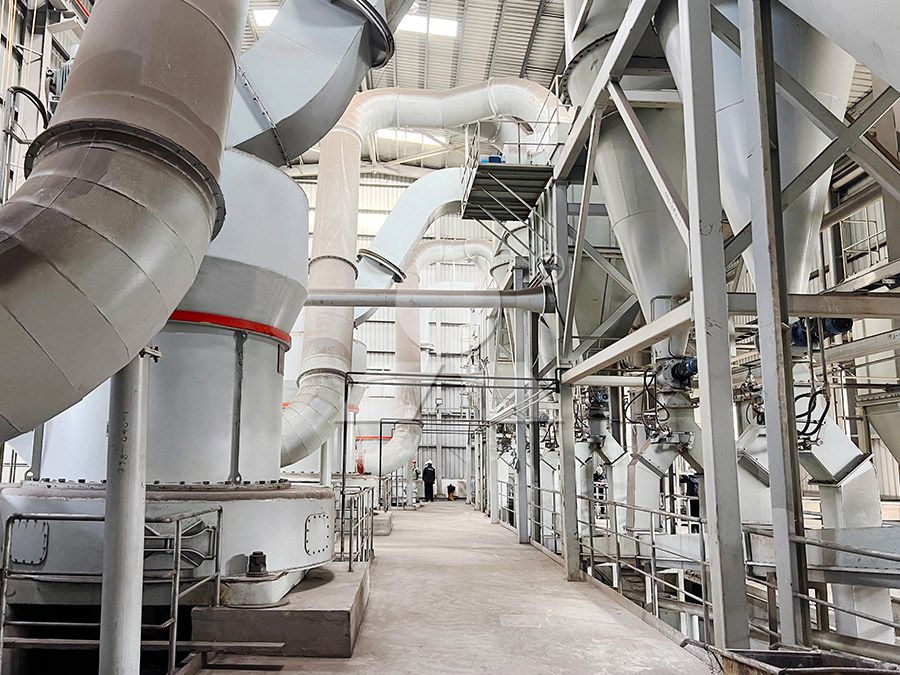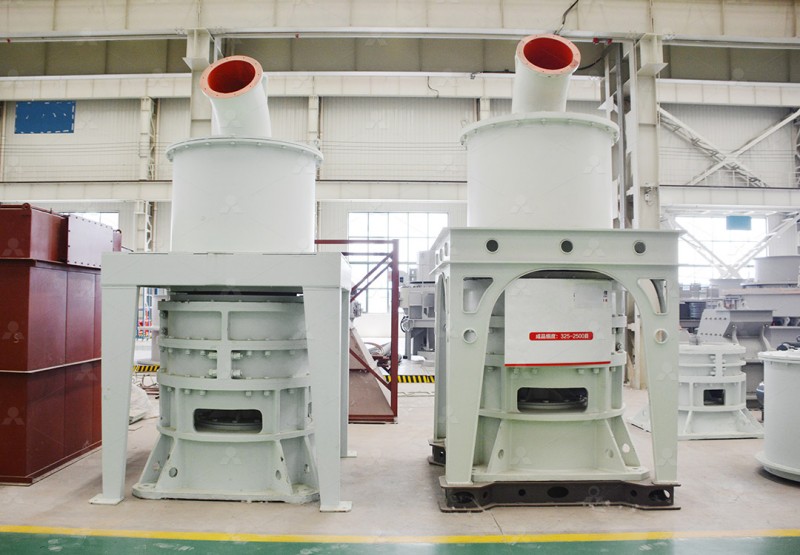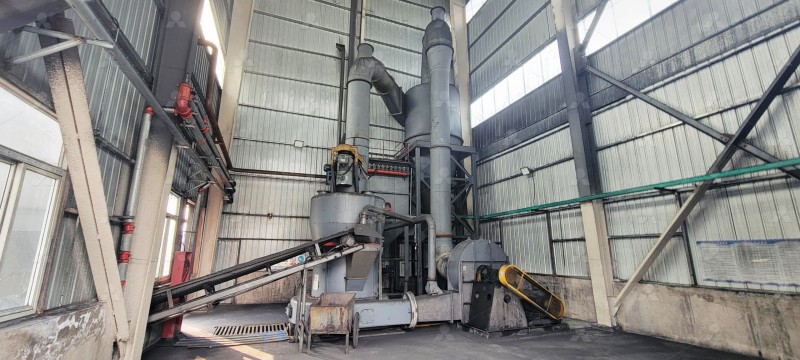Top 10 Largest Grinding Mill Manufacturers in the World
Top 10 Largest Grinding Mill Manufacturers in the World
The global grinding mill market continues to expand as industries demand more efficient, precise, and environmentally friendly powder processing solutions. From mining and construction to chemicals and food production, grinding mills play a crucial role in transforming raw materials into valuable fine powders. After decades of industry development, several manufacturers have emerged as global leaders through technological innovation and reliable performance.
Industry Leaders and Technological Advancements
The competitive landscape features established European manufacturers alongside rapidly growing Asian companies. German engineering firms have long set the standard for precision and durability, while Chinese manufacturers have gained significant market share through cost-effective solutions and rapid technological adoption. American companies maintain strong positions in specialized applications, particularly in mining and mineral processing.
What separates the top manufacturers from the competition isn’t just production capacity but their commitment to research and development. The leading companies invest heavily in improving energy efficiency, reducing environmental impact, and enhancing automation capabilities. Digitalization has become a key differentiator, with smart monitoring systems and predictive maintenance features becoming standard in premium grinding mill offerings.

Key Market Trends and Customer Requirements
Today’s industrial customers demand more than just grinding capability. Energy consumption has become a primary consideration, with operators seeking solutions that can reduce power usage by 30-50% compared to traditional designs. Environmental compliance is equally important, with strict regulations governing dust emissions and noise pollution.
Versatility represents another critical factor. The ability to process diverse materials with consistent results across different fineness requirements gives manufacturers a competitive edge. Companies that offer customizable solutions for specific applications—from ultra-fine powders for cosmetics to coarse grinding for construction materials—tend to capture larger market shares.
Standout Solutions in Modern Grinding Technology
Among the numerous options available, certain products demonstrate exceptional engineering and performance characteristics. The MW Ultrafine Grinding Mill represents a significant advancement in fine powder processing. With an input size of 0-20 mm and capacity ranging from 0.5-25 tph, this machine addresses the growing demand for ultra-fine powders across multiple industries.
What makes the MW Ultrafine Grinding Mill particularly noteworthy is its innovative design that eliminates rolling bearings and screws within the grinding chamber. This engineering decision prevents common failure points and extends operational life. The equipment’s efficient pulse dust collector and muffler system ensure compliance with stringent environmental standards while maintaining productivity.

Another remarkable offering is the LUM Ultrafine Vertical Grinding Mill, which integrates German powder separating technology with advanced Taiwanese roller systems. Its reversible structure simplifies maintenance operations, while the multi-head powder separating technology provides exceptional control over product fineness. With capacity of 5-18 tph and ability to handle 0-10 mm input size, it serves demanding applications in chemical, pharmaceutical, and advanced materials sectors.
The Future of Grinding Mill Manufacturing
As industries continue to evolve, grinding mill manufacturers face new challenges and opportunities. The integration of IoT technology for real-time monitoring, the development of more wear-resistant materials, and the creation of hybrid systems that combine multiple grinding principles represent the next frontier. Companies that can balance innovation with reliability will likely dominate the market in the coming decade.
Sustainability initiatives are driving manufacturers to develop closed-loop systems that minimize waste and energy consumption. Water conservation in grinding processes, heat recovery systems, and the use of renewable energy sources in mill operations are becoming standard considerations in new equipment design.

Frequently Asked Questions
What factors should I consider when selecting a grinding mill manufacturer?
Beyond initial cost, consider energy efficiency, maintenance requirements, availability of spare parts, technical support quality, and the manufacturer’s track record in your specific industry. The ability to provide customized solutions for unique applications is also crucial.
How important is after-sales service when purchasing grinding equipment?
Extremely important. Grinding mills are long-term investments, and reliable technical support, readily available spare parts, and maintenance services significantly impact total cost of ownership and operational uptime.
What advancements in grinding technology offer the most significant operational benefits?
Digital control systems for precise operation adjustments, advanced materials that extend wear part lifespan, energy-efficient designs that reduce power consumption, and integrated environmental controls that minimize dust and noise pollution provide substantial operational advantages.
Can modern grinding mills handle multiple material types effectively?
Yes, many contemporary designs offer versatility through adjustable parameters. However, optimal performance typically requires configuration for specific material characteristics. The MW Ultrafine Grinding Mill, for instance, effectively processes limestone, calcite, dolomite, gypsum, barite, and various other materials with simple adjustments.
